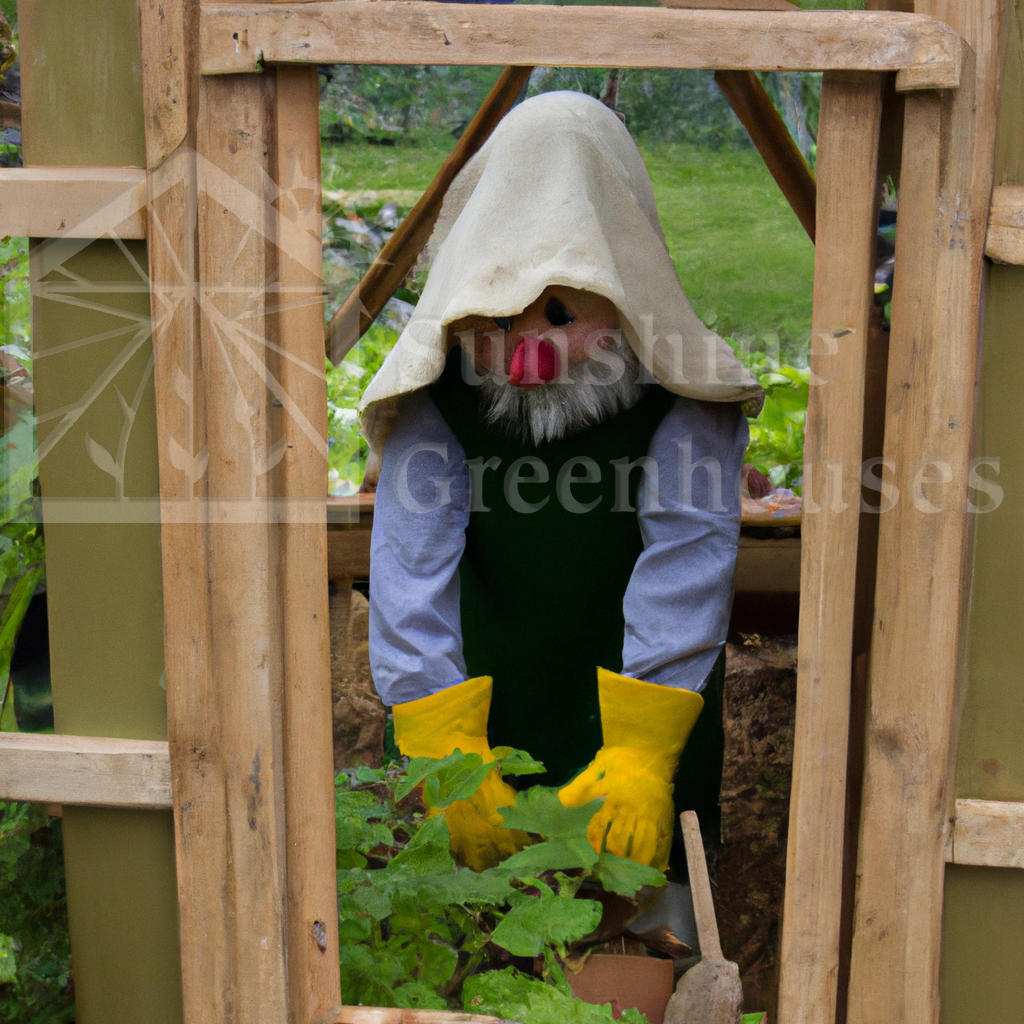When you are transplanting from one container to a bigger container you should keep about ¼” at the top of the container for using some type of additive that will keep your soil moist. If you were planting in a large container outside of your porch, adding a bit of bark or mulch would do the trick. When planting in the garden, and this is important if you are planting in a raised garden, a material that is going to keep the moisture in the soil will be needed. Again, bark, mulch, straw, and even newspapers are going to give the soil some type of cover when the hot days of summer are fast approaching keeping the soil a bit moist.
As you are transplanting your seedlings, you can pinch off the bottom yellow looking leaves that were the first leaves from the plant, leaving all the healthy second leaves alone. This will help your plant focus on pushing nutrients and water to the healthy leaves without focusing on the dying leaves. You should be putting your seedlings into the soil about up to their first leaves, or where the true first leaves were. After you have put your plant into the soil, pushing in the dirt a bit about the stem or trunk making an indentation, this will keep the water and the soil going directly down to the roots. If you were to make a mound, the water would run right off and the roots might not get enough water during those drier seasons. It is also a good idea to water your plants after out planting these little seedlings to give them a good start. Do not water them in the middle of the day, but later in the evening or first thing in the morning so that the water does intensify the heat and cause your plants to burn.
You should realize that your plants will suffer some types of stress when you transplant them out side. Only give your seedlings a bit of water when the soil seems dry, caring as you would if the plants were still indoors.

